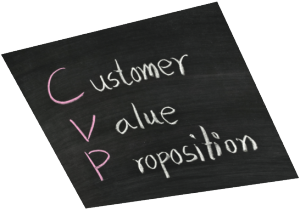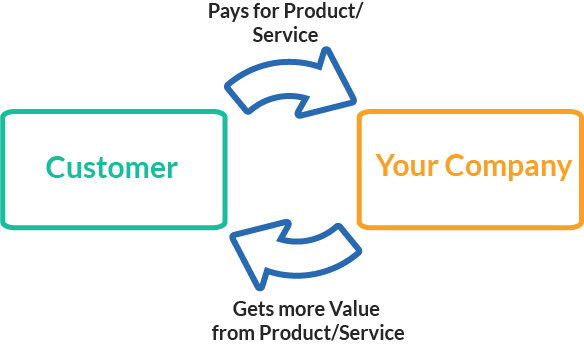Here’s a scenario: you build a kick-ass product, sign up a few betas from your relationships, get Crunched, raise funding and promptly hire a VP of Marketing, a VP of Sales and a half a dozen sales people to scale your revenue.Your sales reps immediately get to work, dialing numbers and sending emails with the kind of gusto that would make Alec Baldwin’s character from Glengarry Glenn Ross seem like a two-bit huckster. Yet, despite the initial momentum (with the friendly Betas, that typically did not understand what they were buying), your sales flatline and your startup hits a brick wall. The sales people start blaming marketing (“We don’t have the right leads, or enough leads”), who start blaming the product guys (“The product is not addressing the market needs, it needs feature A and feature B”), and before you know it, you have an all-out war of attrition that leaves your investors antsy and your once-fledgling startup staring at the dark pits of the deadpool having spent most of your first round of funding.
As unlikely as this scenario may sound, in all my years of working in and with startups, I’ve found it to be all too common. Turns out, most startups do not have a validated Customer Value Proposition, that is one of the key reasons startup failure rates are so high.
What to Do When You Don’t Have a Validated Customer Value Proposition: Search for one!
One vital ingredient in a startup’s success is finding and validating a Customer Value Proposition that your target market is willing to pay for and that your product can deliver on.
Figure 1. Validated Customer Value Proposition
Having a validated Customer Value Proposition is key to scaling your Startup’s revenues. Without it you cannot have a salable Customer Acquisition Model (reliable Demand Generation and repeatable Sales Process). This is exactly why bigger businesses are able to close thousands of sales each month: they have a Demand Generation and Sales Process that works. But it is important to note that a Startup is not a small version of a Bigger Company. A Bigger Company is optimized to ‘scale’ whereas a Startup is optimized to ‘search’. Don’t scale until you ‘searched’ and validated your Customer Acquisition Model.
“…a Startup is not a small version of a Bigger Company. A Bigger Company is optimized to ‘scale’ whereas a Startup is optimized to ‘search’
The first step, therefore, is admitting that you are in ‘search’ mode. The next step is to keep only a small team to do the search. Typically the founder, a sales rep and a marketing person are enough. Step three is to scrap all your existing sales and marketing material and meet with prospective customers.
Don’t just hypothesize; test your Customer Value Proposition to find out what your customers really want and are willing to pay for.
Here’s what a ‘search’ exercise might look like:
- The founder talks to dozens of customers to find out what they need and will pay for.
- Founder translates those new found needs into product features
- The tech team builds the missing features into the product.
- The remaining marketing person tests out new funnels and channels, emphasizing newly articulated value proposition to generate new leads
- The remaining sales rep works with the new leads, calibrates success rate against previous leads.
- Repeat, until you have a value proposition that allows you to sell customers (that are not your personal relationships)
You will have a validated Customer Value Proposition when you have closed sales with at least three customers that you did not know previously. Once you have validated your Customer Value Proposition, the next step is to ‘search’ for your Customer Acquisition Model, which includes reliable Demand Generation and a repeatable Sales Process (where the founder is no longer involved in every sale).
Mansour Salame
Latest posts by Mansour Salame (see all)
- The Failed Sales Plan - May 20, 2016
- What Percentage of Leads Should You Close? - April 14, 2015
- Anatomy of an Inside Sales Team: The 5 Key Parts - February 25, 2015



